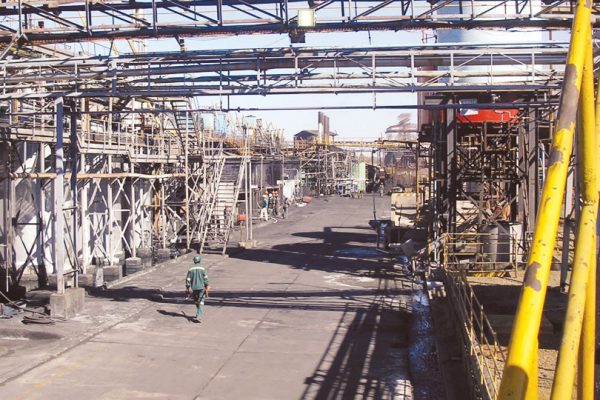
PLANS by Rio Tinto Zimbabwe (RioZim) to set up a $50 million power generation plant at Sengwa in Gokwe North with a capacity to produce 4 000 megawatts are being hampered by the high country risk which scared away potential investors, a top company official has said.
BY VENERANDA LANGA
RioZim chief executive officer Noah Matimba yesterday told the Parliamentary Portfolio Committee on Mines and Energy chaired by Lovemore Matuke that in order to instill investor confidence, RioZim would seek partnership with Eskom and Nampower as they had credible portfolios and good balance sheets.
“Sengwa can produce 4 000 megawatts and this plant can actually develop major power that can be exported to other Sadc countries because the coal that is produced at Sengwa is not worth exporting, but we can create value out of the poor quality coal and create power that we can sell to the region,” Matimba said.
“The total grant of coal resources granted to Rio Tinto amount to 1,36 billion tonnes and Sengwa resources amount to 519 metric tonnes of coal, and approximately $20 million has been spent on this particular exercise.”
He said between 2010 and 2012 several regulatory grants had been issued to Sengwa, adding the project failed to take off since 2004 due to lack of credible investors despite that 20 Chinese investors had made enquiries.
“The feasibility studies discovered we can establish 1 400 megawatts per station and the area is 40 hectares in Gokwe North and the electricity is to be exported to Harare and other centres. Cooling will be required and the intention is to pipe water from Kariba,” he said.
Matimba said they could not rely on water from Sengwa River because it could dry up.
- Chamisa under fire over US$120K donation
- Mavhunga puts DeMbare into Chibuku quarterfinals
- Pension funds bet on Cabora Bassa oilfields
- Councils defy govt fire tender directive
Keep Reading
He said power from Sengwa would augment Zesa’s output which currently stands at 1 260 megawatts.
“In 10 years, the Southern Africa Power Pool will increase by more than 32%, which is equivalent to 13 000 megawatts. Unfortunately, there has not been corresponding investment in generation and transmission infrastructure,” Matimba said. He said to take advantage of this opportunity, RioZim planned to invest in mine development, coal supply business, power station development and power generation.
“Instead of mining and exporting coal, we need to value-add the cheap coal by exporting power. However, the challenges include setting up the portfolio of purchasers. Key financiers for the project expect to see bankable offtake as part of the proposal before they commit to funding the project.”
He said chances were that the project would be bankable if partnerships existed with Eskom, Nanpower and such like utilities whose risks would be acceptable to lenders.











